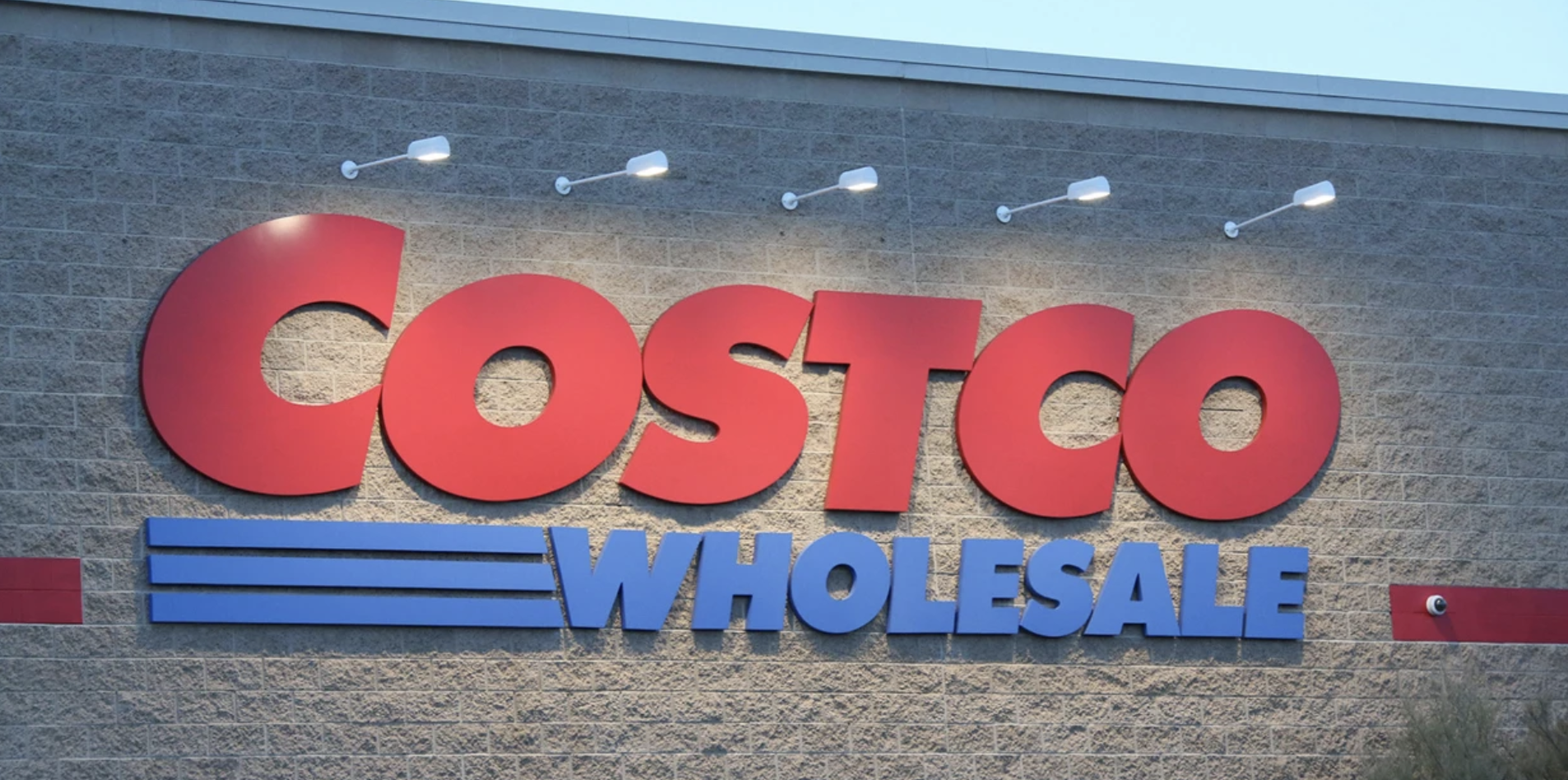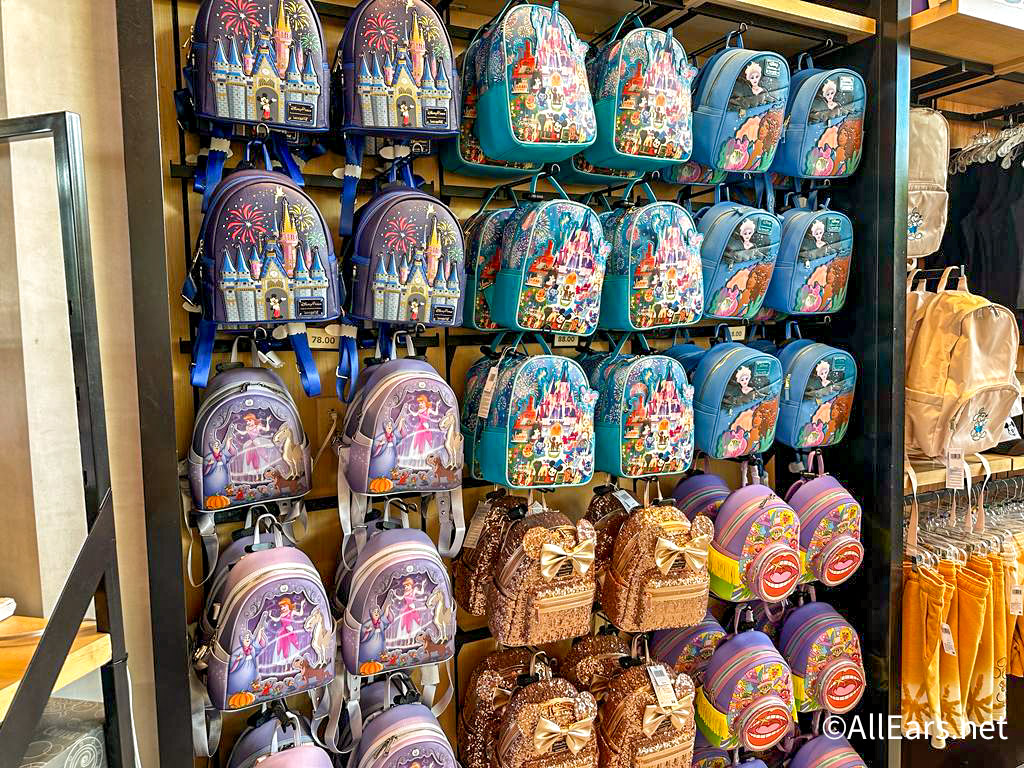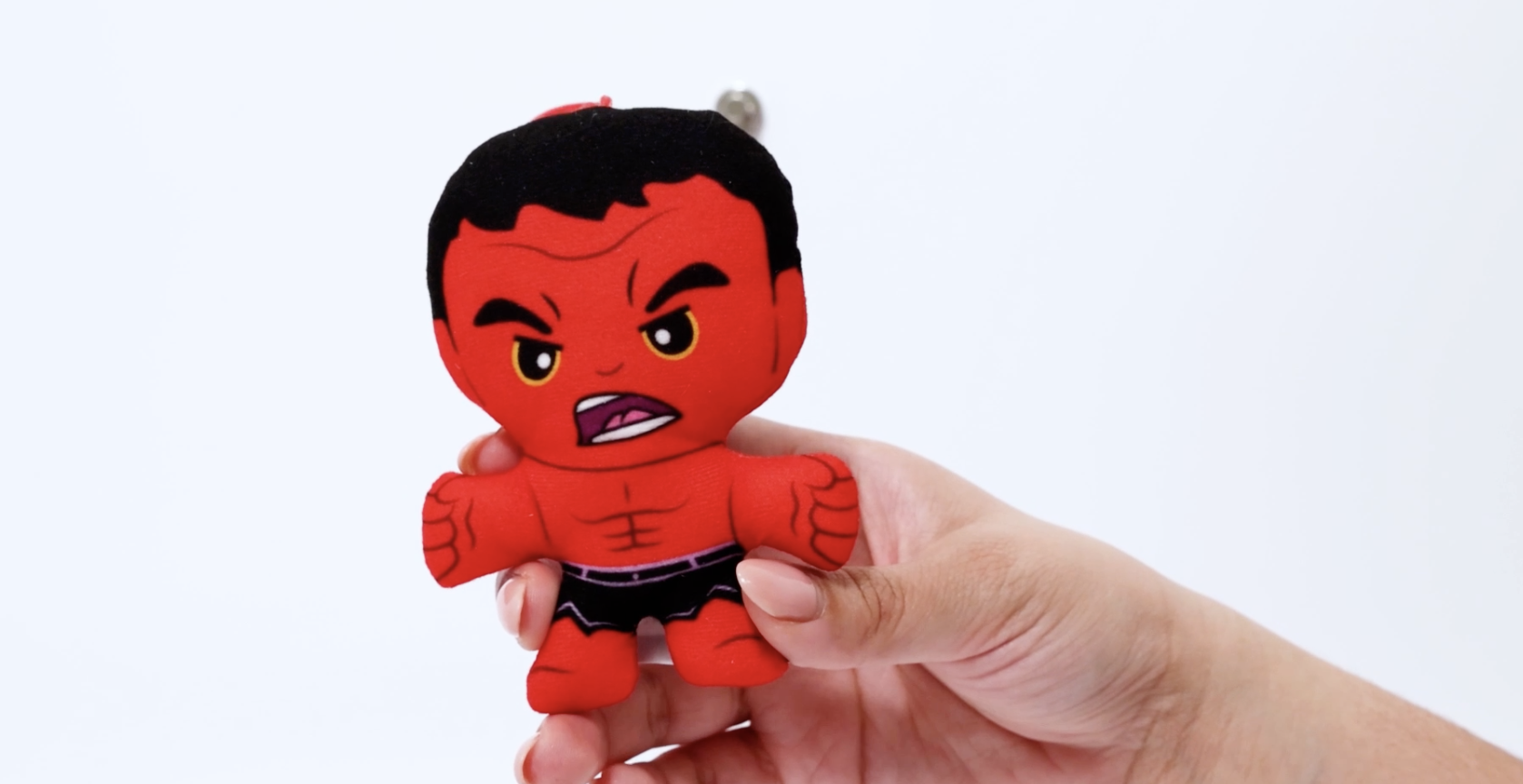
We meet again in this third installment in a non-intended series on photos labs. I started two weeks ago by re-posting an entry on the differences between printing at home and at mini labs. The great response I received pushed me to write again, only this time about where and how to locate mini labs in your area. Finally, I’ll take a quick look at online and mail order options. I still stand by my statement that you should always use a mini or if possible, a professional photo lab for printing. The quality is untouchable by any other format.
I contacted three companies who offer printing via digital image uploads to their websites. See for yourselves what they had to say.
Shutterfly
Finding information on their website with regard to how they print came up short. I wrote to customer service and asked, How are photos printed? This is the response I received.
“Shutterfly uses state-of-the-art digital printers designed for professional photo finishers. These printers use a silver halide chemical process, such as is found in traditional photo labs. These printers, combined with Shutterfly’s proprietary imaging technology result in the best possible prints from your digital camera.
Additionally, Shutterfly uses Fuji Crystal Archive paper, which has been rated to have not only superior color, but to be the most durable photographic paper available. For more information on Fuji paper, type Fuji into the enter keyword search field on Shutterfly. Shutterfly also uses digital off-set presses to print on archival-quality paper which is acid-free to ensure your pictures will look great for years to come.”
I wrote back and asked, When or for what specifically do you use the digital off-set presses for?
They said, “We would like to inform that Shutterfly uses the digital off-set presses for all paper printing products. For example, prints, photo books and cards. ”
As you can see, there’s a contradiction. First they say they use a silver halide chemical process (exactly what we want) followed by saying they use a digital off-set press (what we do not want) for prints. How do you know which machine they’re going to use to print 4×6″ or larger? Photo books come out of an off-set printer and have for years. What we’re interested in are prints.
Clark Color
Yes, the mail-order photo lab is still kickin’. They will process your 35mm color rolls of film and they have a website for online digital image orders. Their website says, “Our prints and posters are printed on high-quality, long-lasting paper that resists fading for generations. We know silver halide prints provide the best quality image and our prints deliver vivid color reproduction, more natural skin tones, exceptional sharpness and unsurpassed color stability.”
I wrote to them and asked, Could you please tell me what process your company uses to print digital images ordered from your website, specifically 4×6’s? Is it a wet lab or dry lab?
They responded, “Thank you for contacting Clark Color.
We do use chemicals for processing along with silver halide light sensitive paper.
If we can be of any further assistance please do not hesitate to contact us.”
Ritz Camera
First of all, my jaw hit the floor when I saw they still have a very small number of brick and mortar stores. Long story short, I was laid off from Ritz Camera in 2009 after they filed Chapter 11. These stores and the website are no longer owned by David Ritz or any company he was a part of however the company who bought him out is still able to keep the various company and store names.
As with the previous online order labs, I wrote to RitzPix. I asked, Could you please tell me if 4×6 digital images ordered through the website are always printed through a wet lab? I know the stores used to use Fuji Frontier machines. Do you still use those?
“The 4×6 prints that we do thru our main processing lab is done thru a “wet” system. Our lab currently uses Fuji Frontier equipment for printing (for) our standard size prints up to 8×12 size.
Come on over and “Like” my Facebook page or follow me on Twitter, my handle is lisano1.






















I use Snapfish.com to order my digital prints. After reading this post, I checked out their website to find out their photo printing technique. This is what it had to say:
“Snapfish prints on top quality Fuji photo paper.
The prints processed are in RA-4 chemistry with separate bleach and fix and fresh water wash. While we employ printers that use lasers to expose digital images on the photographic paper, this is quite different from a laser printer that uses dry toner.
Digital prints are true photographic prints. Lasers are used to expose the digital image on to the paper in place of an optical projection through a negative which would be employed in traditional photo printing.”
Is this a good or bad printing process?
Thanks!
Lisa responds: Hi Heather, this is what a mini lab looks like nowadays. It is a good way of printing unless you know someone who prints by hand.
Any idea what process Snapfish uses? I know several people that use that service.
Lisa responds: Your fellow readers have answered that question for you. Aren’t they great! Snapfish is a wet lab.
Lisa,
Thank you SO MUCH for posting this information. My family, like you, has been disappointed to see the photo printing industry go down. I’ve always wondered once everyone “gets over” posting pics on Facebook, will they be sad there’s no where to print their photos? My sister still uses film, and the derth of places to develop and print is truly sad. We have a small shop where I live in Birmingham, Cameras Brookwood, that still develops, but they charge $17/roll for developing and printing. And that is only single prints! For someone who has dozens of rolls to develop, that’s a good bit of money.
It’s exciting to know we may have an alternative besides just having her pics developed and put on CD. Since your articles, I’ve been looking around at professional labs on the internet. These give me a couple more options. Thanks again for your article – unintended though it may have been!
Lisa responds: Hi Stephanie, I’m glad you are making the most out of my blog. It is quite difficult to find an actual lab to develop 35mm film so give your sister a high-five from me. I’m sure they are paying more to maintain equipment than before.
Hi Lisa,
I started using Snapfish about a year ago, and have been pleasantly surprised by the quality of the photos I have received. After reading your blog I was curious about their process so I checked their website for their paper and process and this is what I found.
Type of paper used for prints
Snapfish prints on top quality Fuji photo paper.
The prints processed are in RA-4 chemistry with separate bleach and fix and fresh water wash. While we employ printers that use lasers to expose digital images on the photographic paper, this is quite different from a laser printer that uses dry toner.
Digital prints are true photographic prints. Lasers are used to expose the digital image on to the paper in place of an optical projection through a negative which would be employed in traditional photo printing.
Thanks
Lisa responds: Thank you for sharing your findings, Chris. I can add to that, Snapfish is owned by HP (Hewlitt Packard) so it is a pleasant surprise that they’re maintaining a wet lab.
Thank you for this series of info, I find it very valuable. If you have any other places for us, or suggestions, I appreciate it so much!!
What do you think of Adorama Pix in NY?!
Thanks again.
Lisa responds: I have not personally used any online printing service for photographs. What I can tell you is that Adorama’s website needs an update; the paper they list using, Kodak Professional Supra Endura, is no longer made. I can tell that type of paper is designed for a wet lab, so that is good news.
Have you looked into MPIX?
Lisa responds: No, I have not. For purposes of the blog I selected a few options. Covering every online photo service would have taken too long.